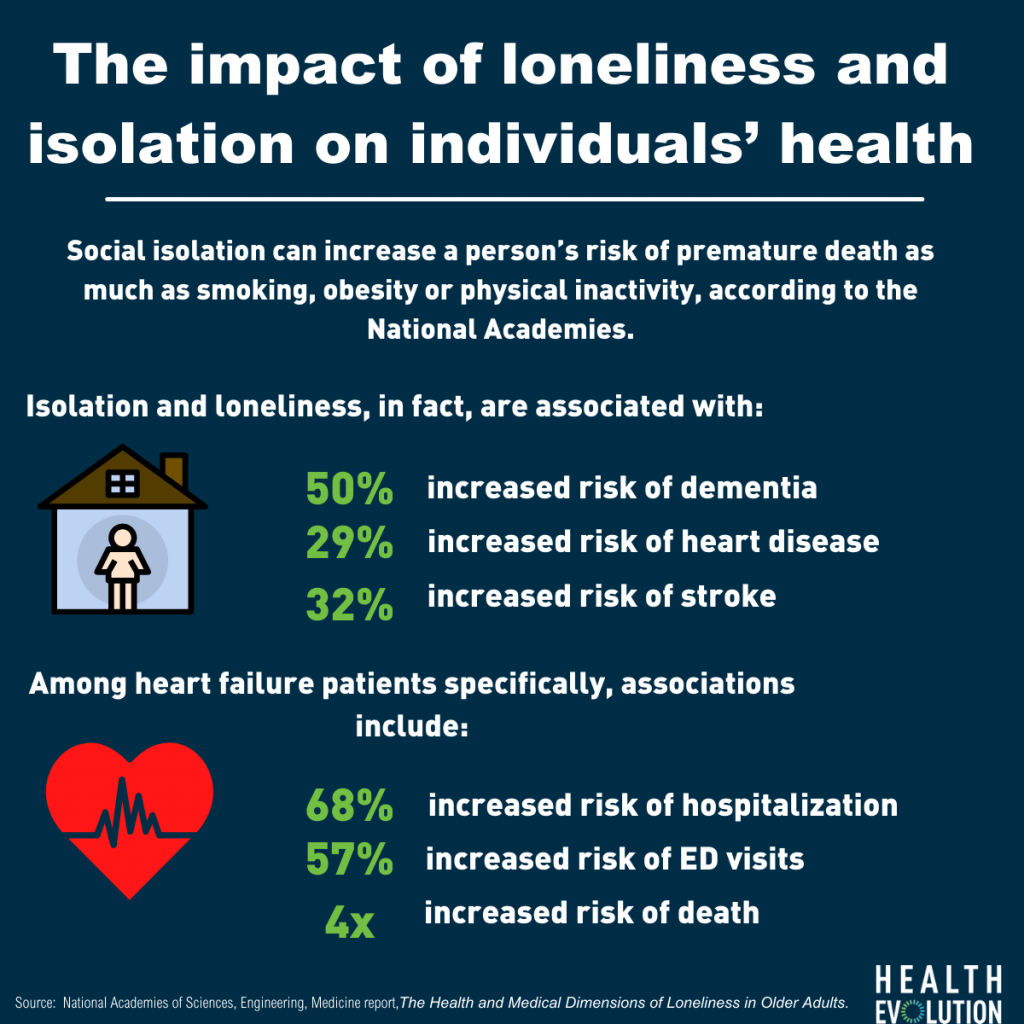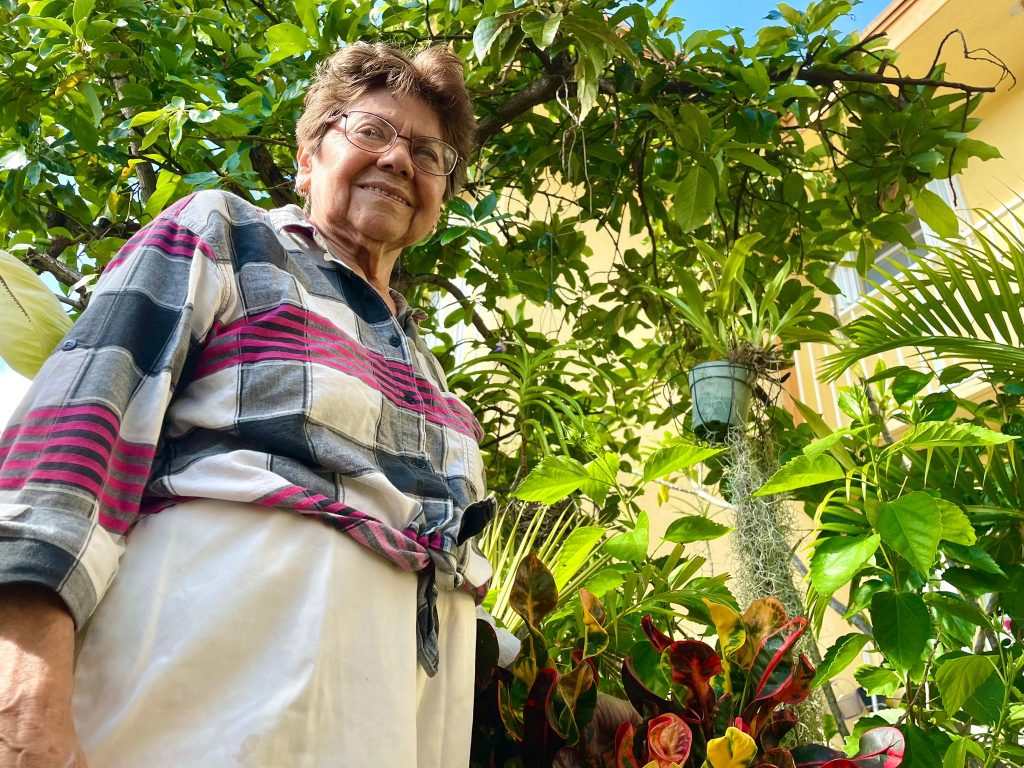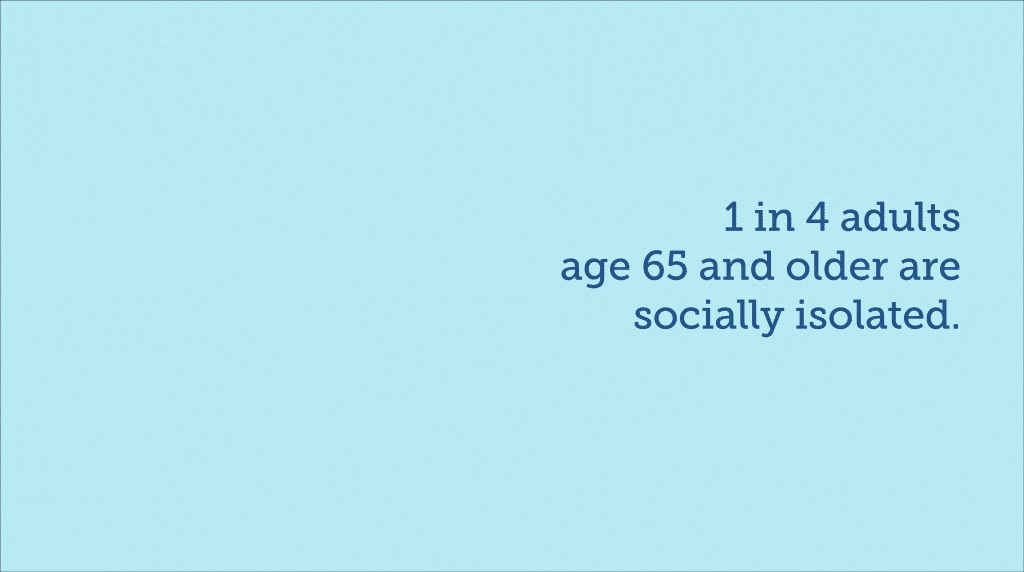Whenever Carmen Rodriguez stepped outside for her daily dog walks, she’d secure her N-95 mask over her nose. She’d wave to people from across the street, maintaining her distance from anyone who might carry the deadly COVID-19 virus.
“I was always scared,” said Rodriguez, a 73-year-old retired clothing stylist. “I was busy learning the numbers of deaths the virus caused. It was like a horror movie.”
However, even with COVID cases decreasing in Florida and life going back to pre-pandemic times, the damage had been dealt.
Her husband, Victor, 81, can’t remember his present day-to-day routines, but he remembers the past. Carmen knew something was wrong when he stopped reading books and sat in front of a turned-off TV in silence.
“He’s living in a different time period five or 10 years back,” she said. “He’s an intelligent man. He knows five languages. Staying indoors without interactions affected him.”
Rodriguez’s husband is just one of many who have been impacted by a lack of social life. The phenomenon dubbed the “loneliness epidemic” has worsened dramatically during the pandemic, according to an article from Healthline.
“By nature, humans are social creatures who crave interaction with others. Without it, our mental health can significantly deteriorate,” said Paraskevi Noulas, a psychologist at NYU Langone Health.

Asnaldo Rodriguez, 82, said he faced his claustrophobia during the 2020 lockdown.
“I couldn’t accept isolation,” Rodriguez said. “With children and family living at home, I had to learn how to accept it.”
To cope, he’d take hourly walks daily at a park near his home. Going outside for breaks freed his mind from any uneasy thoughts.
Gym owner Rick Opton said this is even more important as you get older.
“The older you get, the more physical activity becomes important to staying very healthy,” Opton said. “Particularly your mind if you’re 50, 60, 70, 80 years old. You got to keep your mind active, but more importantly, you got to keep moving.”
Opton, who owns Loggerhead Fitness, a gym whose main clients are older adults, said the pandemic created an excuse for inactivity.
“A lot of people don’t like exercise to begin with, so any excuse to not exercise they’ll take it,” Opton said. “What happens then is you get into bad habits.”

For retiree Nancy Reese, 82, that’s exactly what happened.
“I stopped walking, so that bothered me a lot,” Reese said. “And, now I don’t walk anymore because I’m too lazy to do it.”
According to the CDC, being physically active lowers the risk of potential injury while stabilizing chronic diseases and making it easier to perform daily activities. However, the pandemic has made it harder for older adults to do so.
Ashley Trinklein, co-owner of In Home Senior Fitness, LLC, a business that offers fitness services to seniors in their homes, noticed a steep decline in her patients when they stopped operations during the pandemic.
“What we noticed was that that was actually worse than, you know, the fear of COVID,” she said. “There are safe ways to still work with them, and a lot of them were declining very drastically.”
With fewer COVID cases, though, things could be looking up in the future.
Reese has taken this opportunity to go out.
“I’ve taken off my mask and said, ‘Enough is enough!’,” Reese said. “If I gotta go, then I gotta go. Everyone’s going to die. When your time comes, your time comes. And that’s how I feel about it. I don’t want to live to be 100. I don’t want to live to be 90. No, I want to only live as long as I can to do my own things.”
As for Carmen Rodriguez, she continues to move forward, attending her daughter’s barbecues and enjoying the company of her grandchildren. She hopes to start bringing back her frequent dinner parties.
“I used to invite many friends and my children over for these big dinners because I love to cook for others,” she said. “I want to start doing that again.”



































